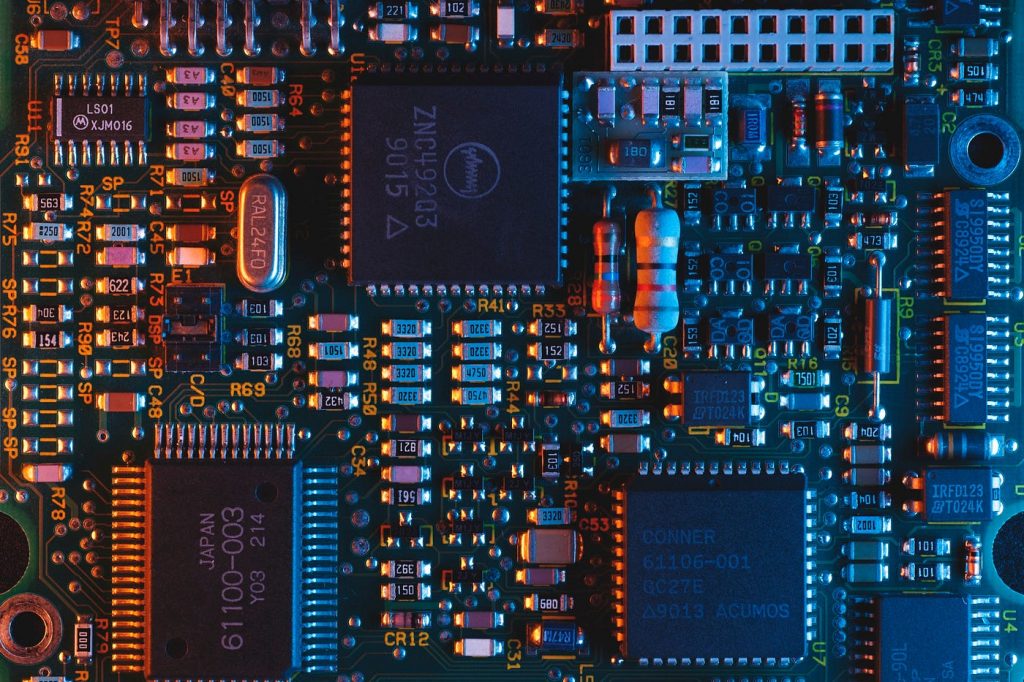In a groundbreaking feat that blurs the lines between biology and technology, Monash University scientists made headlines last year with their creation of the “DishBrain,” a revolutionary semi-biological computer chip. This extraordinary chip contains approximately 800,000 human and mouse brain cells, carefully cultivated and integrated into its electrodes. Surprisingly, the DishBrain displayed signs of sentience, rapidly mastering the classic game of Pong within a mere five minutes.
At the core of this innovative chip lies a micro-electrode array with the ability to both read and stimulate activity in the brain cells. The research team devised an ingenious experiment, presenting the brain cells with a version of Pong where electrical stimuli represented the ball’s position and distance from the paddle. Astonishingly, the brain cells learned to control the paddle’s movement, aiming to minimize unpredictability in their environment.
The extraordinary results from this pioneering experiment have not gone unnoticed. The collaboration with Melbourne startup Cortical Labs has successfully secured a substantial grant of US$407,000 from Australia’s National Intelligence and Security Discovery Research Grants program. This funding is expected to facilitate further advancements in this area of research, propelling the development of programmable chips that merge biological computing with artificial intelligence.
Project lead, Associate Professor Adeel Razi, envisions a future where such chips may outperform existing silicon-based hardware, with profound implications across numerous fields. These include planning, robotics, advanced automation, brain-machine interfaces, and drug discovery, granting Australia a significant strategic advantage.
The potential of the DishBrain’s advanced learning capabilities is immense, particularly in the realm of machine learning. It has the capacity to revolutionize autonomous vehicles, drones, and robots, imparting them with a novel form of machine intelligence that learns continuously throughout their lifetimes. Unlike traditional AI systems, these machines would be able to learn new skills without compromising on previously acquired knowledge, seamlessly adapting to change, and optimizing their use of computing power, memory, and energy.
Our squad is trying to use the grant money to build smarter AI machines that can learn like brains. If these powers become more feasible and cheaper, they may substitute normal silicon-based computers for a host of tasks.
The consequences of this research are absolutely remarkable. We are now entering a new age where the lines between biological and synthetic systems are becoming more and more blurry. Even though we must remain mindful of the ethical concerns associated with this technology, there is no denying its capacity to revolutionize our world and give rise to an entire generation of sentient machines. As we bravely explore this unexplored terrain, we must remain vigilant yet hopeful for what lies ahead.

